Plant Auxins – Phototropism & Geotropism
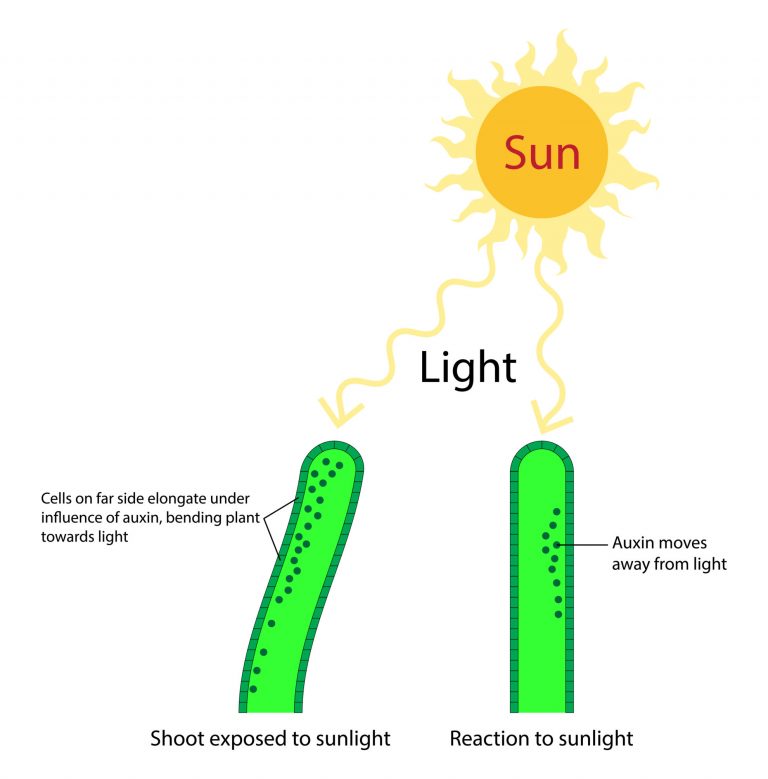
Auxin as the plant hormone regulating phototropism
Table of Contents
As with animals, plants also use a variety of hormones to control their growth and development. A family of hormones called auxins are commonly found in plants, and promote (and sometimes inhibit) growth.
Auxins
Auxins are produced in the meristems of plants (meristems are explained on successive pages).
Auxins are responsible for promoting cell elongation, a process that is required before the differentiation of a cell. It is able to this by promoting the intake of water, increasing the elasticity of the cell to cope with the increase of water taken in by the cell.
One of the most common auxins is indole acetic acid.
Indole Acetic Acid (IAA)
Indole Acetic Acid affects the root and shoot tips of the plant, as described below.
- Shoot Tip – No matter what the concentration, IAA promotes growth in the shoot area of a plant (though higher concentrations promote growth more).
- Root Tip – High concentrations of auxin inhibit growth while small amounts are enough to promote growth in the root with indole acetic acid.
Phototropism
Auxins also play a part in phototropism, an occurrence that involves plants bending or moving away from light. The shoot tip is responsible for directional movement by the plant in response to sunlight, as this is the area where auxins can be found.
Sunlight eradicates auxin, meaning that the part of the shoot tip of the plant which is receiving direct sunlight will have the least amount of auxin.
The extra auxin present on the shaded side promotes more cell division and elongation, causing the plant to bend towards the sunlight after this lop-sided growth.
Geotropism
Geotropism is a similar occurrence to phototropism where the plant exhibits directional growth in response to gravity. The shoot tip illustrates negative geotropism (grows against the force of gravity) while the root tip exhibits positive geotropism (grows in the same direction as gravity).
Apical Dominance
The presence of auxins in the lateral areas of the plant (in between the root and shoot tip) prevent lateral growth. If you cut off the shoot tip of a plant, the lack of ‘diffusable’ auxins means that they cannot inhibit growth in these lateral areas. This is known as apical dominance.
Leaf Abscission
The presence of auxins in the lateral areas also prevents leaf abscission. In the colder months, auxin concentrations and the rate of photosynthesis drops.
This lack of auxin in the lateral areas results in the forming of an abscission layer at the stalk of the leaf, which weakens its connection with the plant and soon falls off it.
The next tutorial looks at another family of growth hormones, the gibberellin family, with continuing pages looking at the meristems, the sites of plant growth.
You will also like...

IQ, Creativity and Learning
Human intelligence provided the means to utilize abstract ideas and implement reasoning. This tutorial takes a further l..
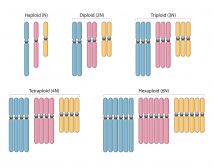
Polyploidy
Humans are diploid creatures. This means that for every chromosome in the body, there is another one to match it. Howeve..
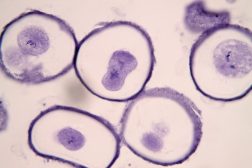
Meiosis – The Genetics of Reproduction
Meiosis is a form of cell division that creates gametes. It is comprised of two divisions that in the end, the resulting..
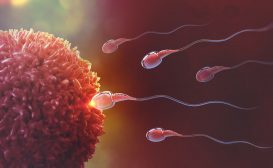
Human Reproduction and Fertilization
For human species to obviate extinction, reproductive mature adults should be producing viable offspring in order to con..

Population Regulation in an Ecosystem
With regard to the population size of a species and what factors may affect them, two factors have been defined. They ar..
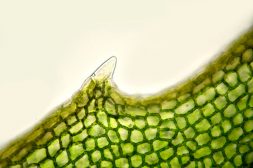
Plant Meristems and Growth
In plants, growth occurs in meristems, which are the site of repeated cell division of unspecialized cells. These cells ..
